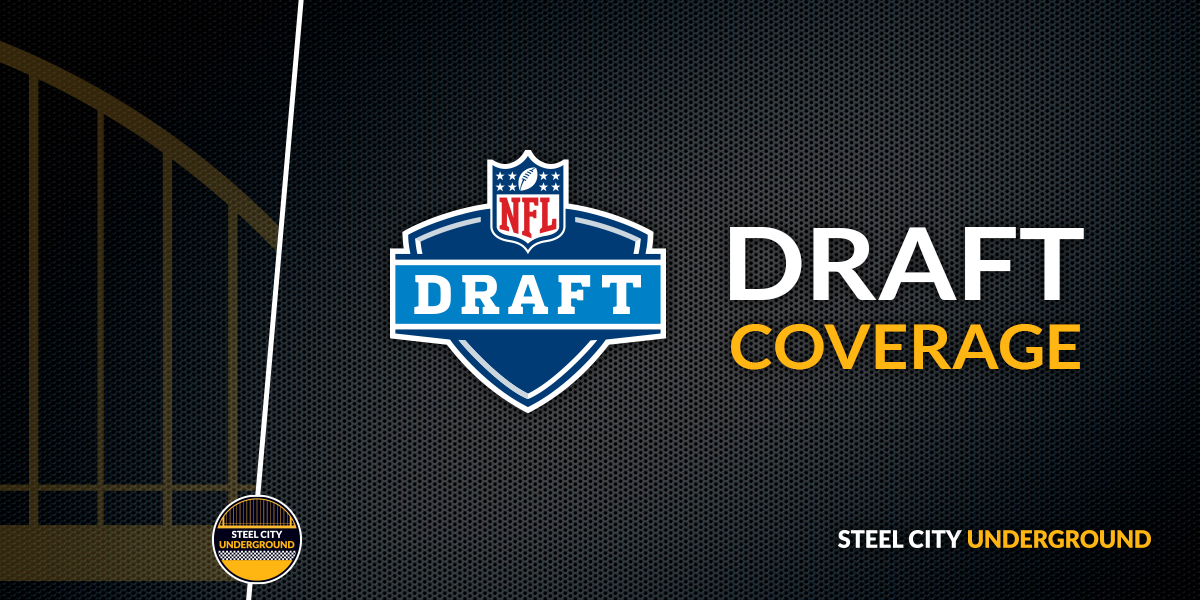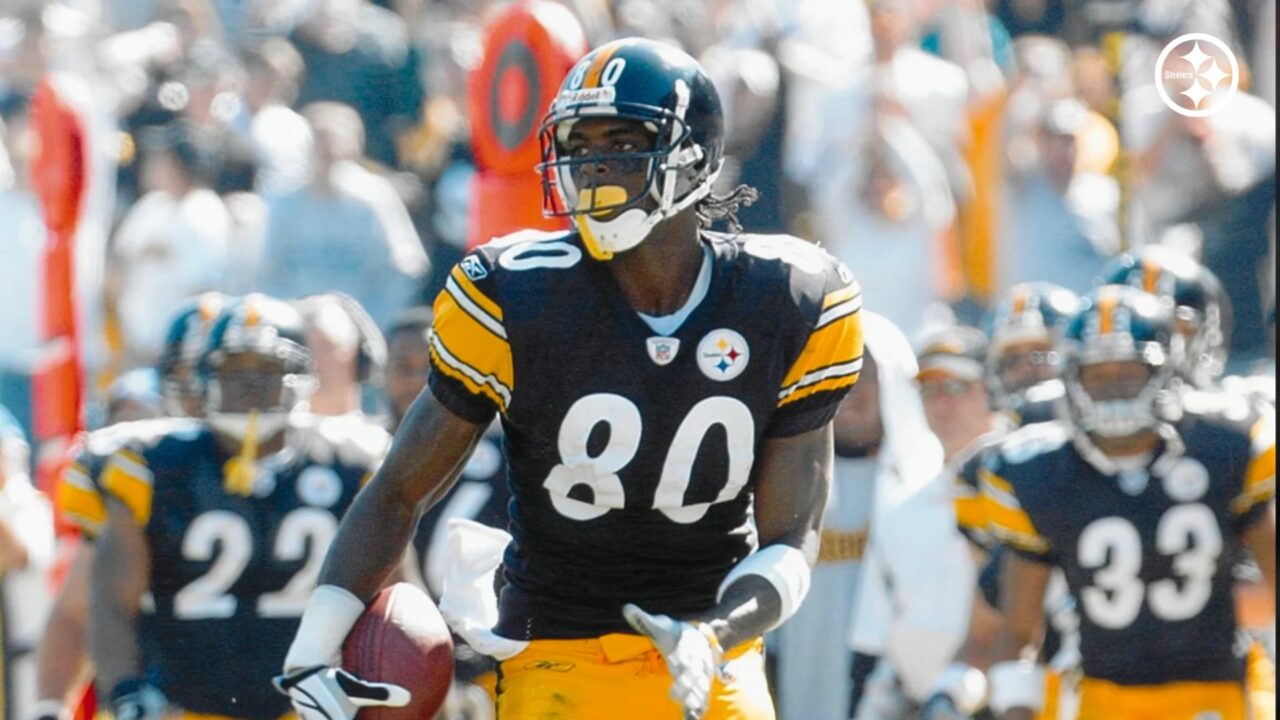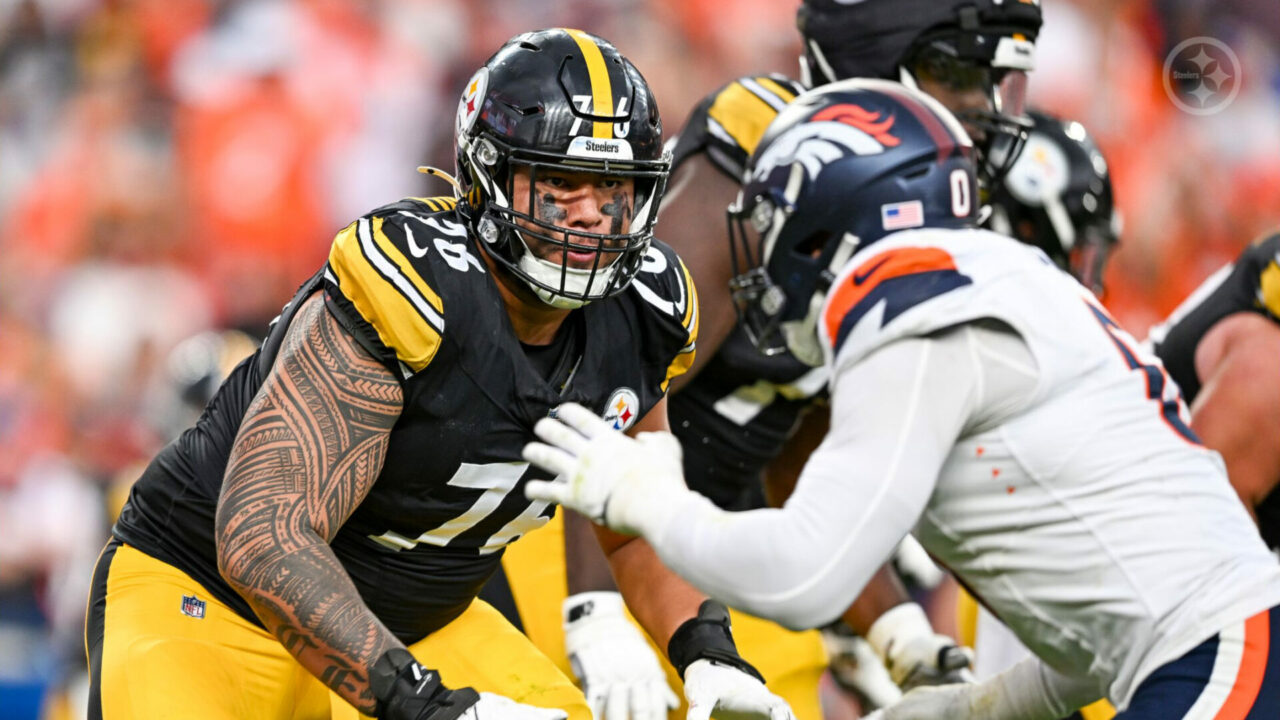Hot Take: Cleveland Browns would make a suitable draft trade partner
I do believe our latest hot take could open some eyes. Bear with me, because this scenario could is one that’s somewhat plausible. But let’s start with the implausible. It’s unlikely a team would trade within their own division, to a rival opponent. It has happened, however, and most recently with the Cleveland Browns trading with the Pittsburgh Steelers in the 2013 NFL Draft. (That particular swap was a fourth-round pick used to acquire Shamarko Thomas.)
Some interesting questions have surfaced on social media as to whether the Browns will be satisfied with only two first-round picks in this draft. I know that comes off as a silly proposition, but as I said earlier, bear with me. Cleveland has a whopping eleven picks at the end of the month, tied for second with the Cincinnati Bengals as the most in this year’s draft. Five of those picks are from pick 65 or before. The two first round selections are numbers one and twelve respectively.
Many analysts feel the Browns still have a need at the quarterback position and will draft a passer this year. But at what position? There’s a good chance that they will pass on one with the top pick overall and use that on the consensus number one pick DE Myles Garrett.
Unless the Browns play around with their picks as they did several years ago (in which they traded back then traded up to draft Justin Gilbert) or they hire Kevin Costner as their General Manager, they will have a tough decision to make at pick 12. Will that spot be too high according to the Browns’ draft board and grading system to take one of the available quarterbacks over one of their other various positions of need?
Thus enter a scenario where the Browns pass on a passer and no longer have a choice left in the first round. Their next pick would arrive at the top of the second round, 33rd overall. This is where we enter the “what if” stage of possibilities: what if the Browns wanted to get back into the first round to pick a quarterback?
Someone out there is already rolling their eyes and asking why would Cleveland want to do that? Well, there are several reasons, one of which already has a precedent set.
The first reason would be fear of the top remaining quarterback on their board not making it to pick 33 in the second round, where Cleveland would have their next selection. As goofy as that may seem, the New Orleans Saints sit at pick 32 by virtue of their trade with the New England Patriots. The Saints also have two first-round picks (the other is pick 11, also ahead of Cleveland). While they have other pressing needs, they could have their eyes on an heir to QB Drew Brees, who could be a free agent next season according to contract details supplied by Over The Cap:
“Drew Brees signed a one-year contract extension worth $24.25 million, all of which is guaranteed, on September 7, 2016, with the Saints. Brees, who had been scheduled to earn $20 million in 2016 will now earn $31.25 million, including a $30 million signing bonus per Andrew Brandt. The contract contains three voidable contract years to prorate the signing bonus. The new contract reduces Brees cap number from $30 million to $17.25 million in 2016. Brees has a no-trade clause and can not be franchise tagged when his contract voids. If the contract voids and Brees is not extended the Saints will carry a dead money charge of $18 million in 2019 for Brees. The deadline for the void is the final day of the 2017 league year.”
Having the pick right in front of the Browns could make Cleveland jumpy. Do they move ahead of the Saints? And where?
Enter the Steelers as a potential trade partner. If Pittsburgh were to have several highly rated players remaining on their own board at pick 30, it might not hurt them to move back to 33. Atlanta and New Orleans follow with picks 31 and 32, and while either of those two clubs could take a player the Steelers have their hearts set on, Pittsburgh could still come away with the one they want by trading back and receiving another selection from Cleveland as well.
That selection would in all likelihood have to be one, in addition, to pick 33 in the second round of course. According to Walter Football, the 30th pick in the first round carries a valuation of 620 points, while pick 33 in the second round has a weight of 580: a 40 point difference which could be made up any number of ways.
I had previously praised the Baltimore Ravens trade of DT Timmy Jernigan and their third round compensatory pick to the Eagles. The swap helped Baltimore move up 25 spots in the third round, from pick 99 to pick 74, with the Ravens parting ways with a player they were likely to lose in free agency next season. While that move was a good one for the Ravens, it doesn’t bode well for the Steelers, as Pittsburgh has many of the same needs.
A trade with Cleveland would be a just reaction to Baltimore’s move, allowing the Steelers to add a pick which would jump them ahead of the draft pecking order over the Ravens. Cleveland’s next picks, 52 (second round) and 65 (third round) would accomplish that task. The valuation on those picks is 380 points and 265 points, which means Cleveland would be overpaying Pittsburgh to get back into the bottom of the first round.
Why would Cleveland want to do overpay instead of waiting to see what Pittsburgh, Atlanta, and New Orleans do?
May I present reason numero dos: the fifth-year option clause. By re-entering the first round of the draft the Browns can now option an additional year for their newly selected player rather than hassle with contract negotiations (and potential a franchise tag situation) after the standard four-year rookie deal. Should the pick be for a quarterback, the move could save Cleveland some cash if that player becomes valuable.
As mentioned above, there’s also precedent for such a move. The Seattle Seahawks have twice traded on draft day with teams who took a quarterback with the first round swap. The Denver Broncos jumped at the chance to take Paxton Lynch in 2016, surrendering their 31st (600 points) and 94th (124 points) picks for pick 26 (700 points), slightly overpaying to get their guy.
The Minnesota Vikings hopped back into the first round in 2014 to acquire pick 32 from the Seahawks. To do so, they exchanged picks 40 (500 points) and 108 (78 points) to take Teddy Bridgewater. Pick 32 carries a value of 590 points, which means the Vikings marginally underpaid what was a close evaluation between the picks.
That makes me think that, while the Steelers would love nothing more than to counter the Ravens move (while also jumping ahead of other teams in need of pass rushers, like the Bills, Broncos, Cowboys and Saints) it’s more plausible that the Browns would part with their later picks. Ironically, they too own pick 108 (78 points) in the fourth round, but it’s pick 145 at the top of the fifth (33.5 points) which looks closest to a potential deal.
Would the Steelers want to move three spots to gain an extra fifth round pick? I suppose that’s the question that would need to be answered if this situation presented itself. The Browns paid the fifth round choice to swap first round picks (and move up a whopping one spot) with Minnesota in 2014. Cleveland has also been a part of richer trades in the past, albeit for higher first round picks. However, they appear to be an able and willing draft day partner who has hoarded picks over the last few seasons.
Personally, I wouldn’t sweat moving back a few spots if it netted the Steelers an extra second or third round selection. I maybe do the same deal for a fourth round pick. (Which doesn’t excite me a whole lot to be honest.) For anything else, I say stand pat, and see what else is on the table. (Afterall, this is a “hot take” meant to illustrate the value of draft selections, as well as moving ahead of teams who potentially want the same player you do.)









